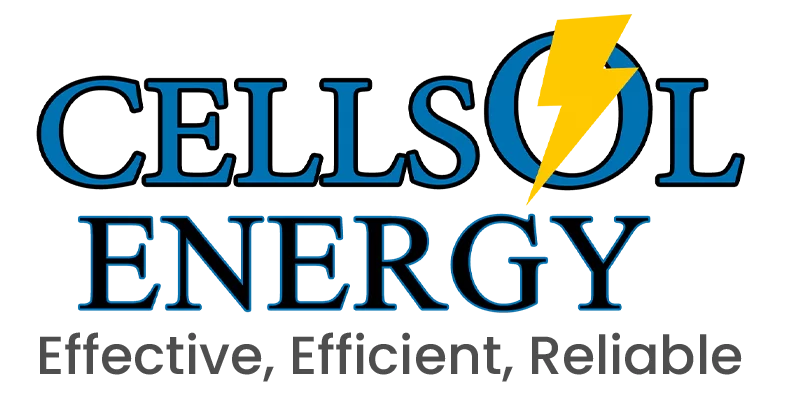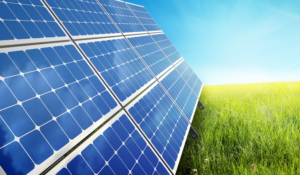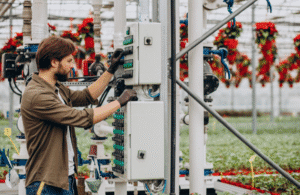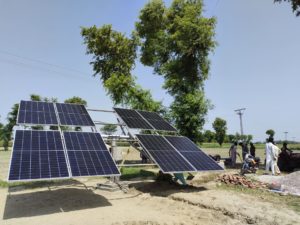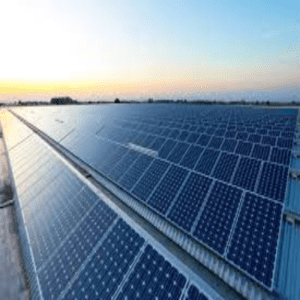Crops are raised beneath solar panels in a process known as agrivoltaic farming. According to scientific studies, several crops do well when produced in this way. By doubling land use in this way, we could both feed the world’s expanding population and provide sustainable energy.
The researchers say that by making next-generation solar parks a reality, they can assist in resolving Solar’s rising land-use problem by allowing electricity, food, and water production to coexist on the same plot.
Possible for plants and panels to coexist
In agrivoltaic solar parks, photovoltaic (PV) panels are placed farther apart to let more sunlight reach the ground and are raised higher in the air to allow for the rearing of crops or even small animals like lambs.
Studies have revealed that when set up properly, this strategy can really give a variety of benefits, including protecting plants from extremes in heat, cold, and UV ray damage, which boosts the yield of several crops. The panels can also aid in conserving limited freshwater supplies as the world’s temperatures rise by lowering soil and plant evaporation.
According to Randle-Boggis, a research associate at the University of Sheffield, any evaporation that does take place beneath the panels has the additional benefit of cooling the PVs and increasing their capacity to generate electricity
Agrivoltaics see three-thousand-fold increase in capacity
Countries are vying to increase their solar capacity as the world strives to achieve net-zero emissions by 2050 in accordance with the Paris Agreement and Europe wants to lessen its dependency on Russian hydrocarbons in the wake of the invasion of Ukraine.
The EU plans to treble its capacity over the next three years, while the UK is shooting for a five-fold increase by 2035. However, rural communities and farmers are increasingly opposing solar projects and refusing to grant them planning permission. They are concerned that the PV arrays will “blight” the local landscape and remove productive farmland from the workings, and they also believe that solar projects will harm the environment.
In order to resolve these land-use problems, a growing corpus of research is demonstrating how the empty space beneath solar panels can be used in ways that are advantageous to both people and the environment. At a more fundamental level, this would entail establishing flowering meadows next to PV arrays to provide habitats for pollinators, which might enhance biodiversity and possibly even boost agricultural productivity in nearby fields.
Though yields are lower, agrivoltaic plots are more productive.
An agrivoltaic project’s capacity to produce food and energy depends significantly on its location, the crops it grows, and how the panels are arranged. In order to avoid depriving the crops of the limited sunshine that is available, farmers in darker, colder nations like Germany or Denmark must use fewer panels and place them further apart . Here, energy and crop outputs are typically a little bit lower than on a plot of land used only for agriculture or solar power.
Although an agrivoltaic plot produces two separate outputs simultaneously, its overall production is still higher. He claimed that even a slight yield drop was preferable than doing nothing. It’s about striking that equilibrium that is economically ideal.
Researchers are also working with cutting-edge technology to increase the production of agrivoltaic systems in light-starved regions, such as semi-transparent solar panels, vertical photovoltaic “fences,” or grow lights installed on the underside of conventional panels.
